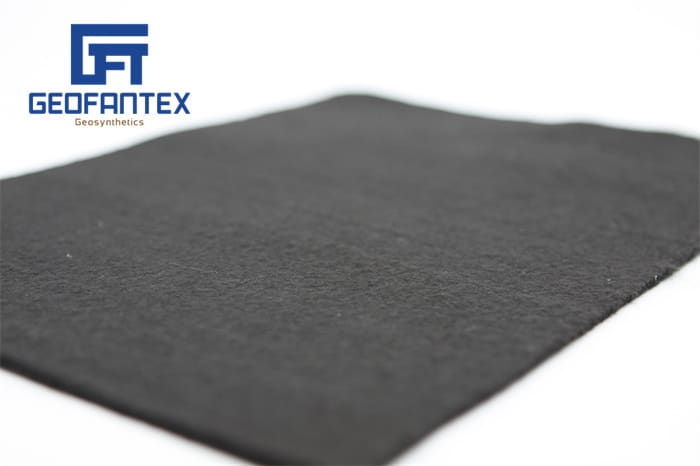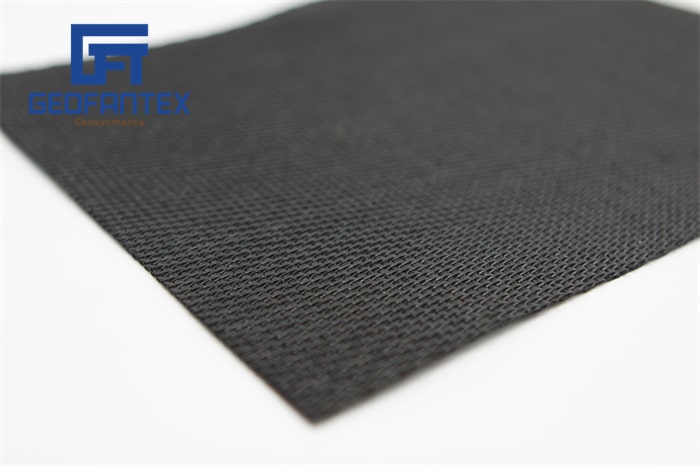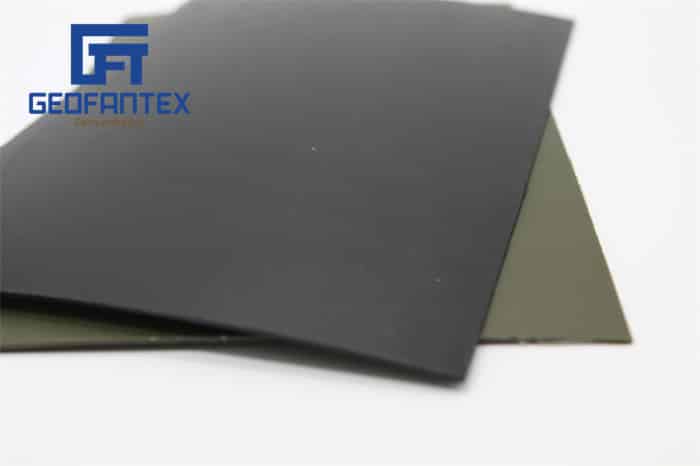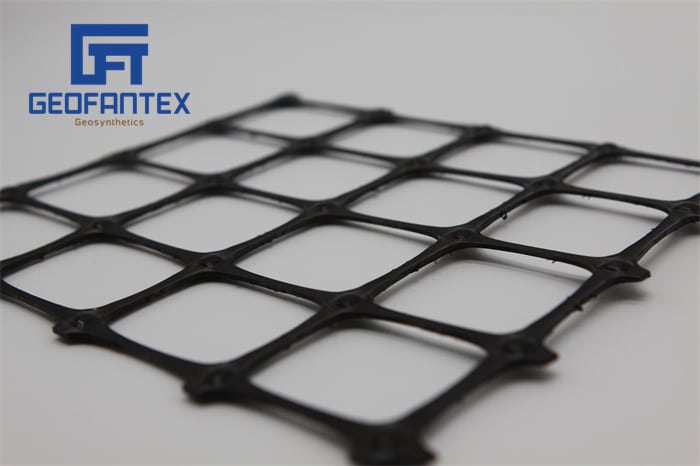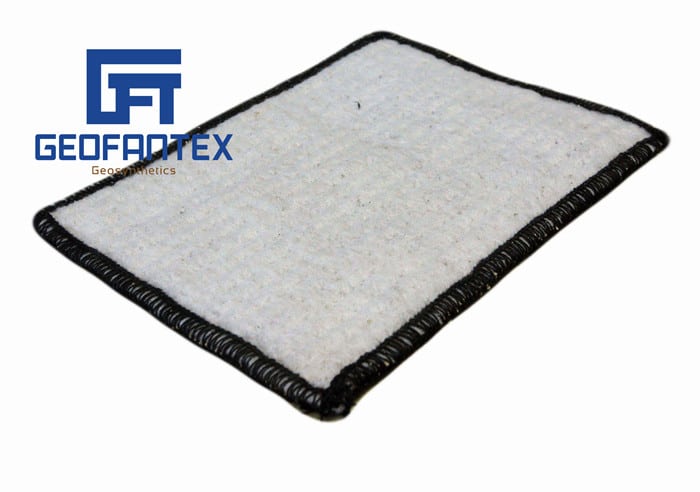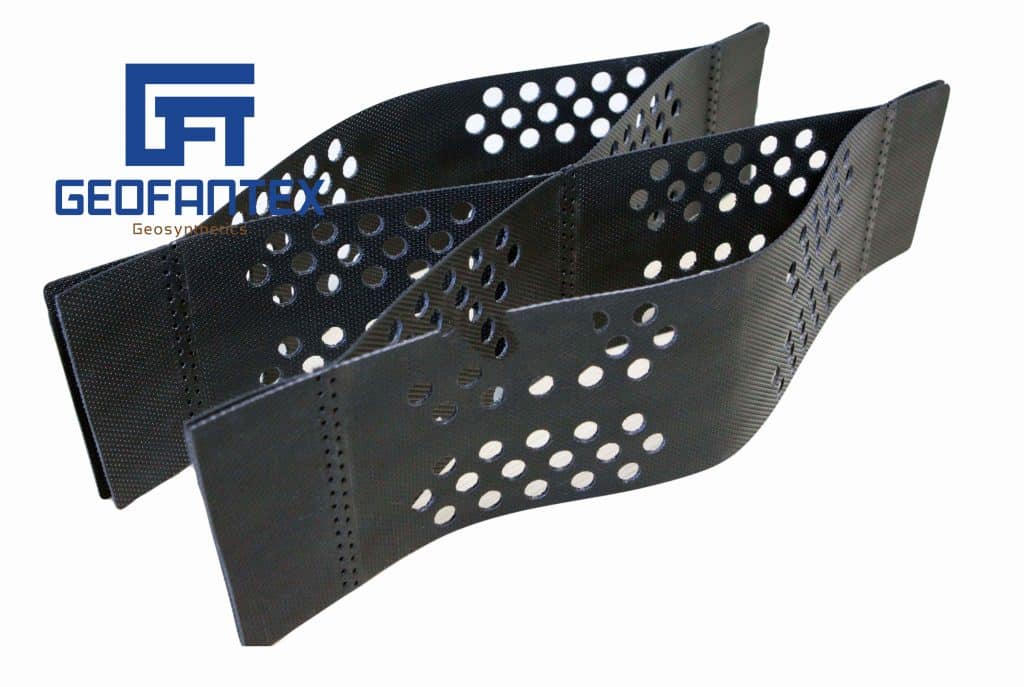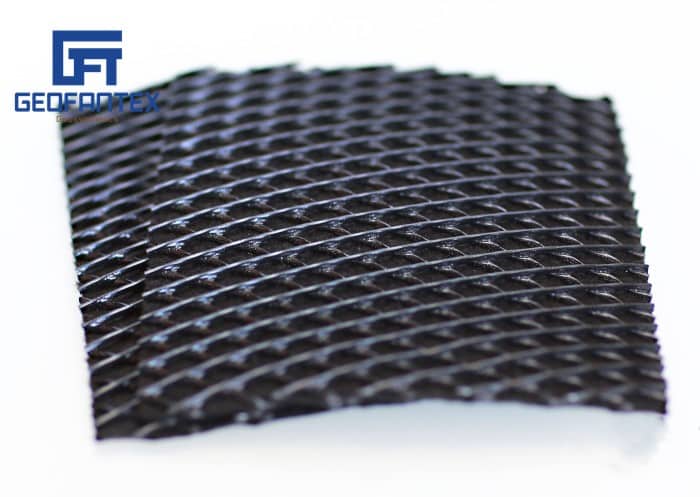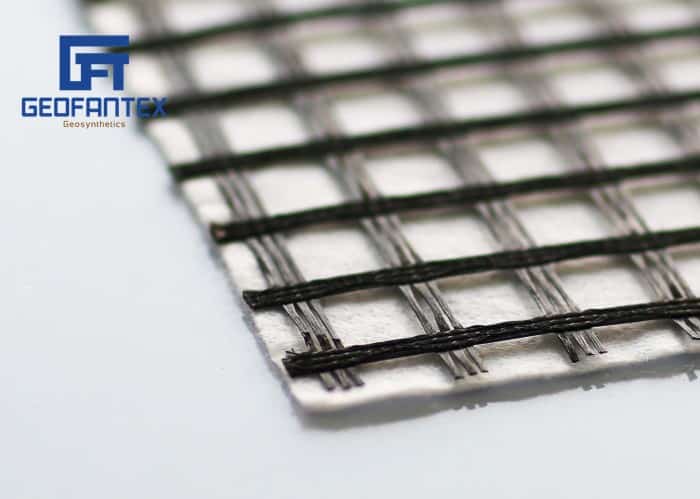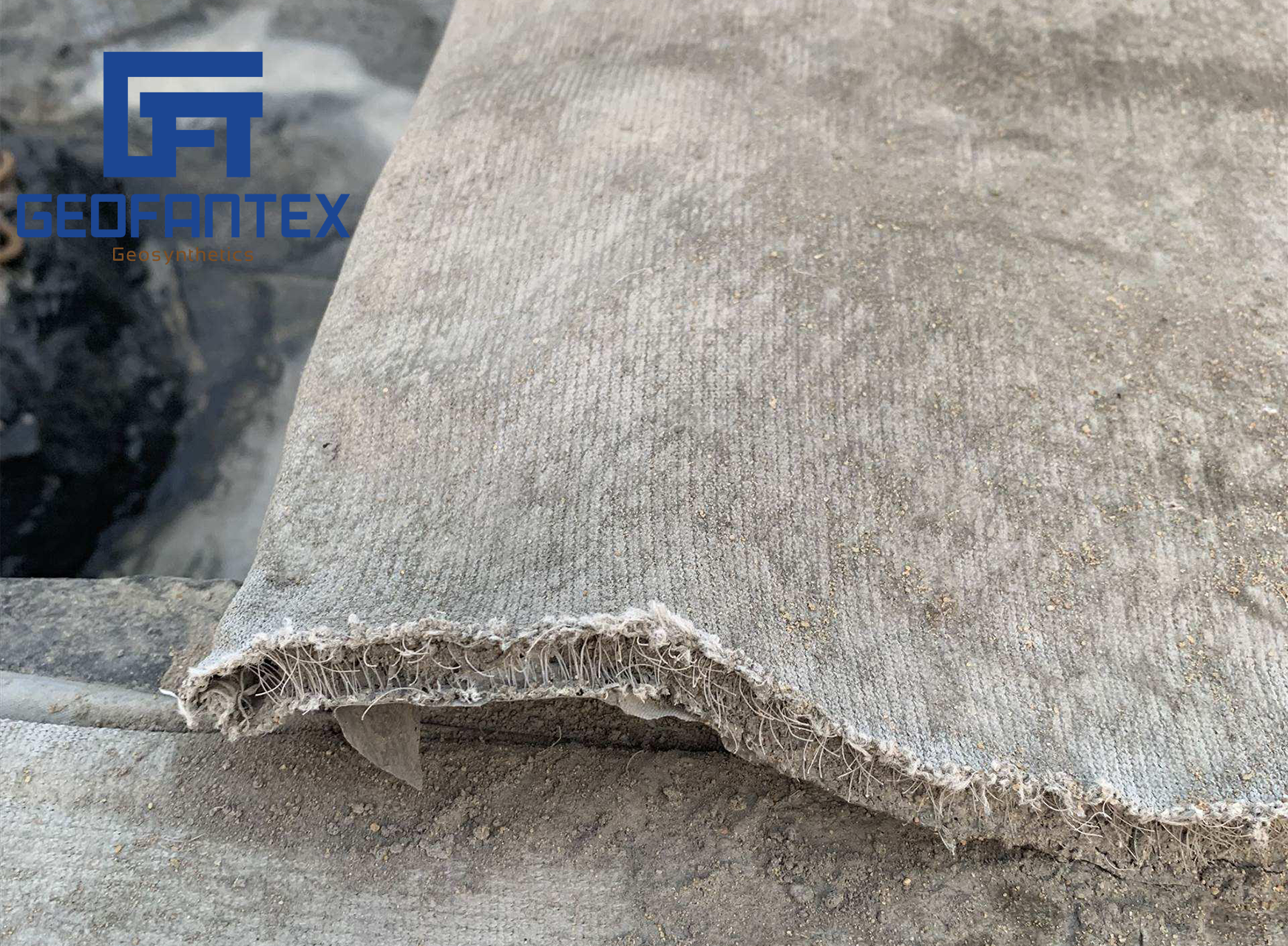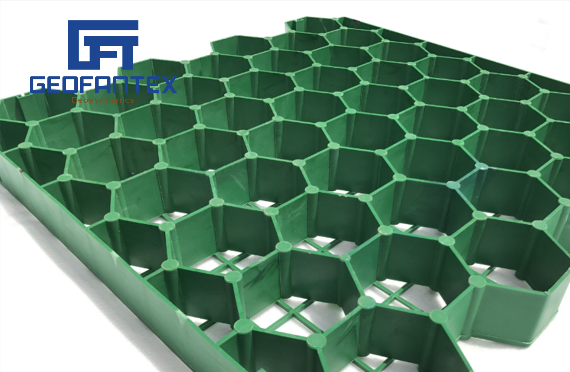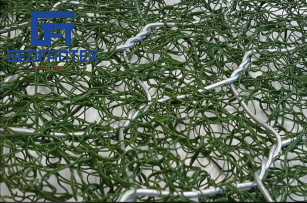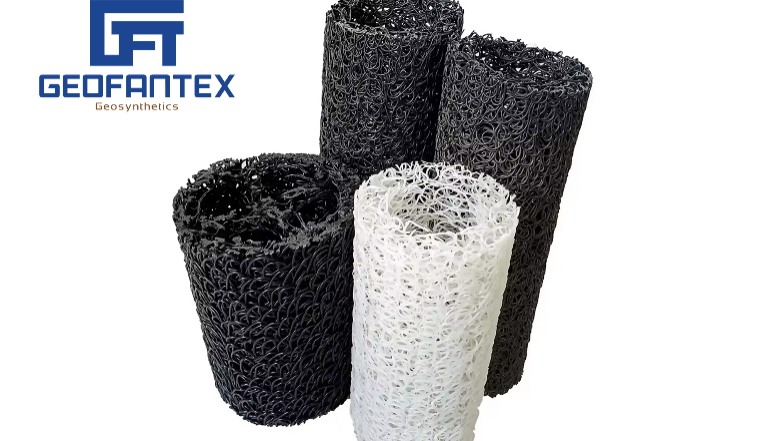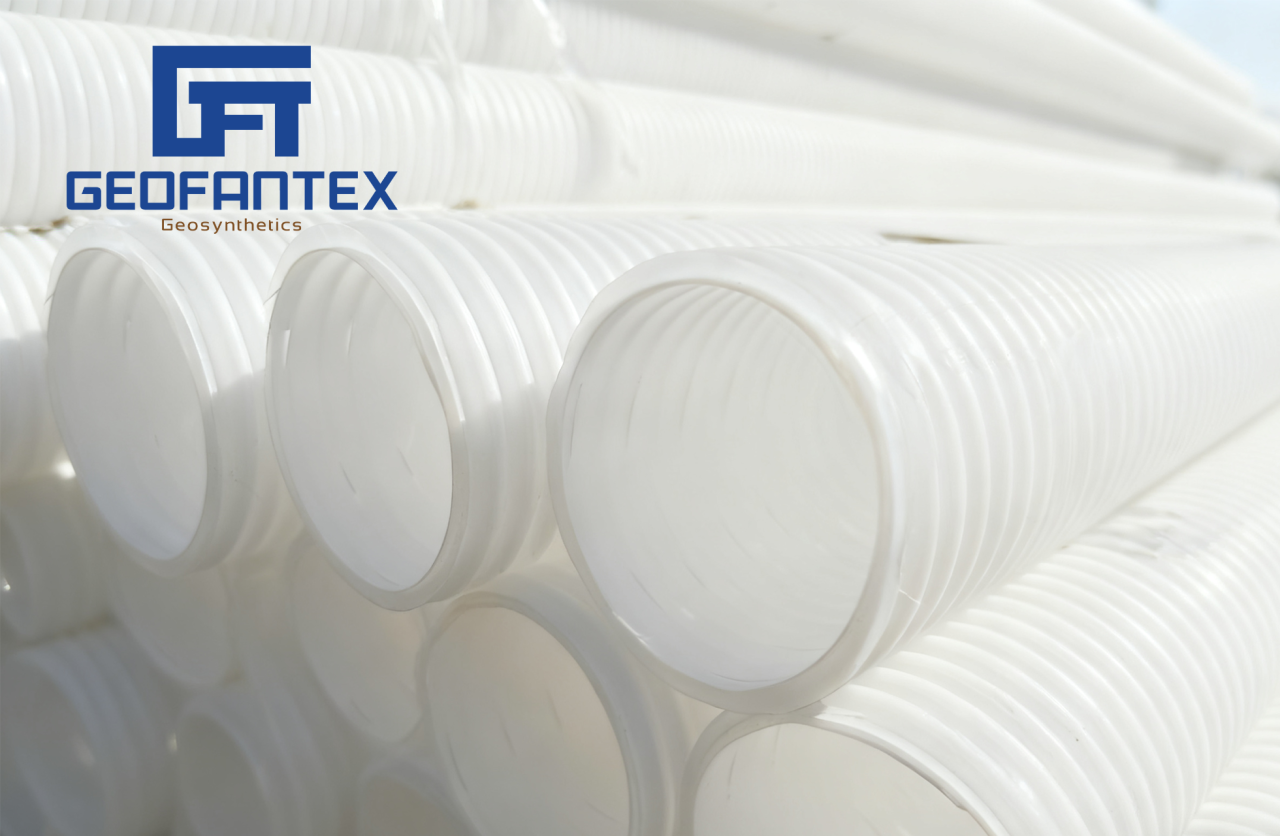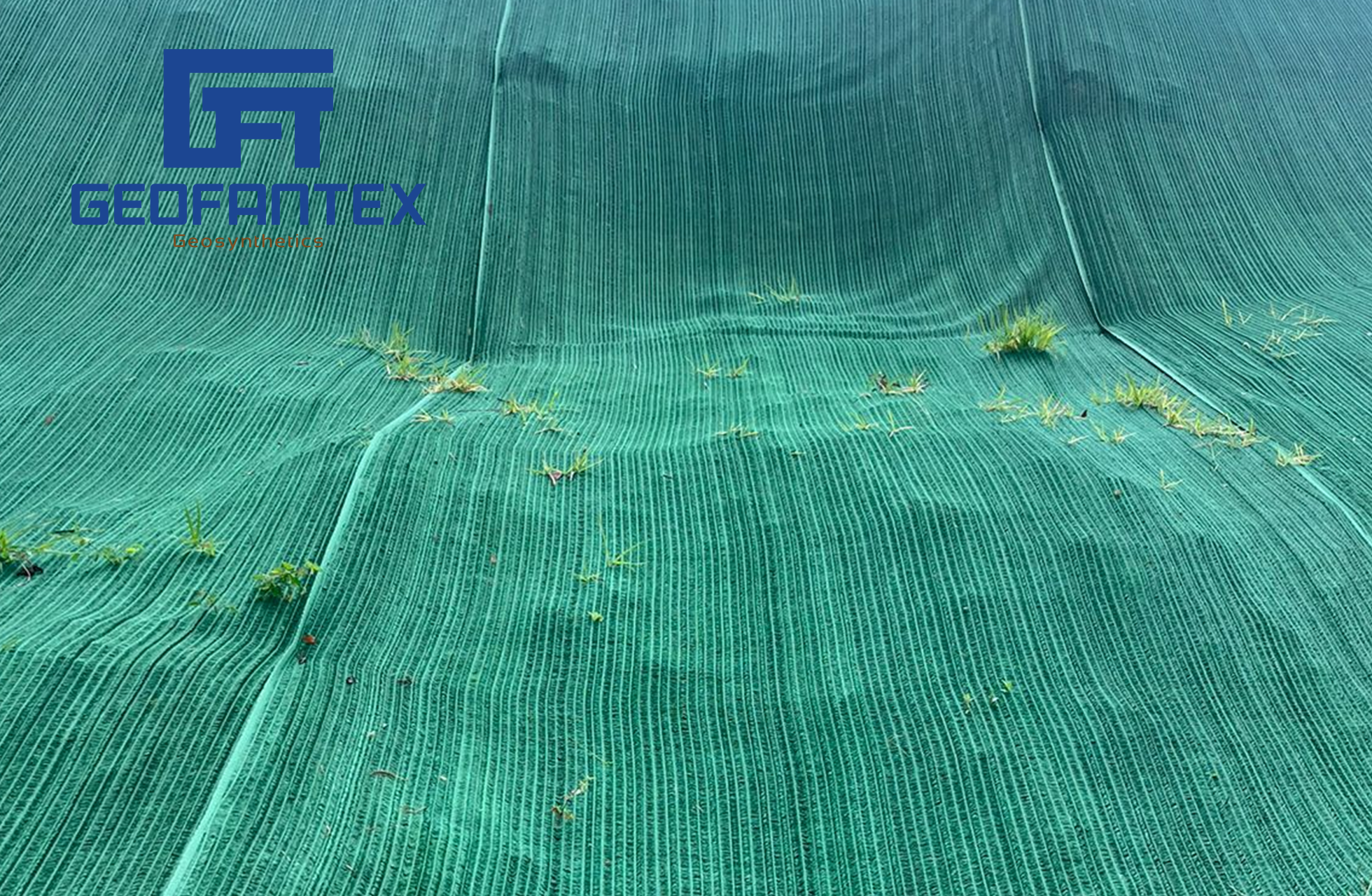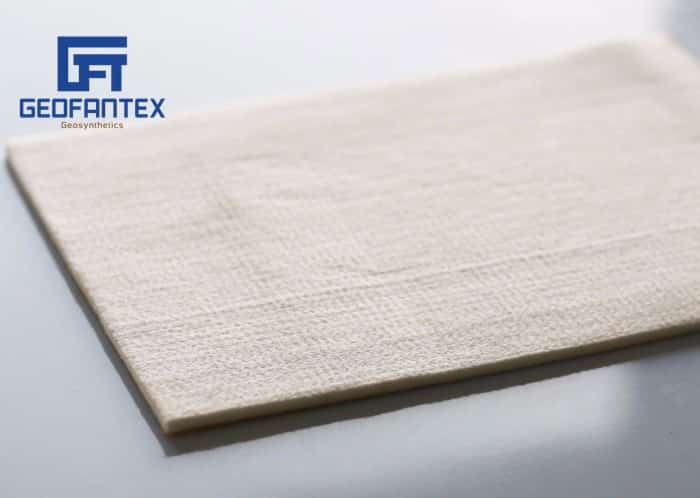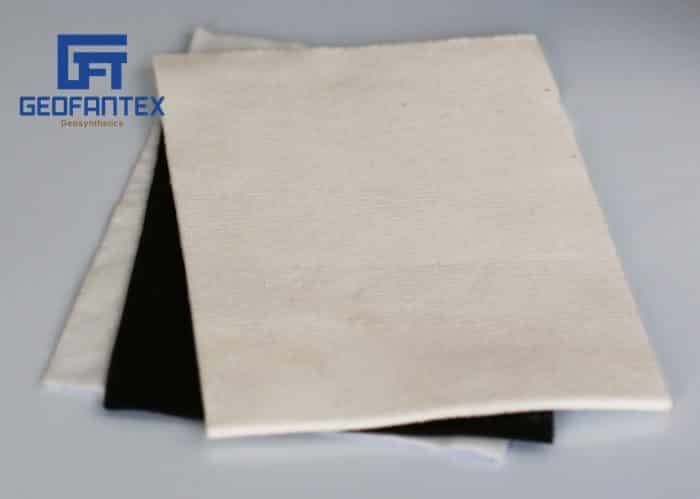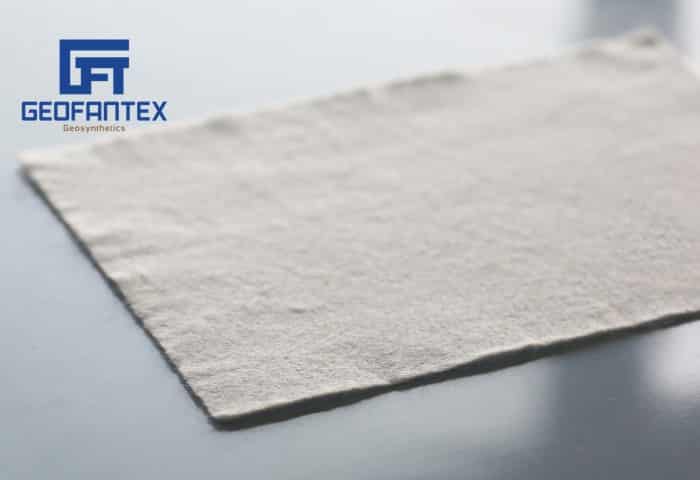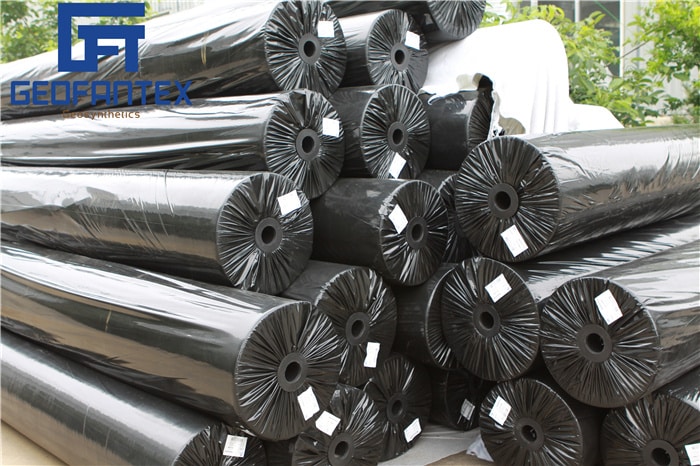+86-159 9860 6917
info@geofantex.com
geofantex@gmail.com
+86-400-8266163-44899
In recent years, the use of geocomposite retaining walls has gained significant attention in the construction industry, due to their increased efficiency and environmental benefits. These innovative solutions are being incorporated into infrastructure projects globally, as they provide sustainable, cost-effective, and durable alternatives to traditional retaining wall systems.
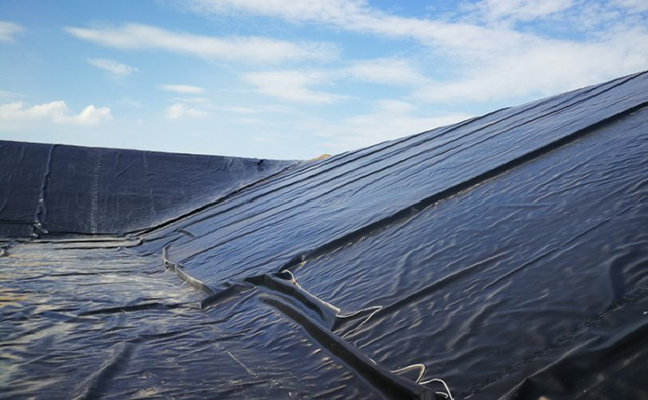
Technological Advancements in Geosynthetic Materials
- Advanced Manufacturing: Precision in manufacturing processes, such as weaving and extrusion, ensures geosynthetics are more reliable and consistent, offering better performance in critical applications.
- Enhanced Durability: Modern geosynthetics are designed to resist environmental factors like UV radiation, chemicals, and extreme temperatures, extending their lifespan in applications like landfills and road construction.
- Advanced Polymers: Materials like HDPE, PP, and PVC have improved strength, chemical resistance, and flexibility, especially in geogrids and geomembranes used in reinforced soil and erosion control.
- Smart Geosynthetics: Incorporating sensors for real-time monitoring of stress, temperature, and moisture, these materials offer early detection of structural issues, enhancing safety and performance.
Industry Excitement and Growing Adoption
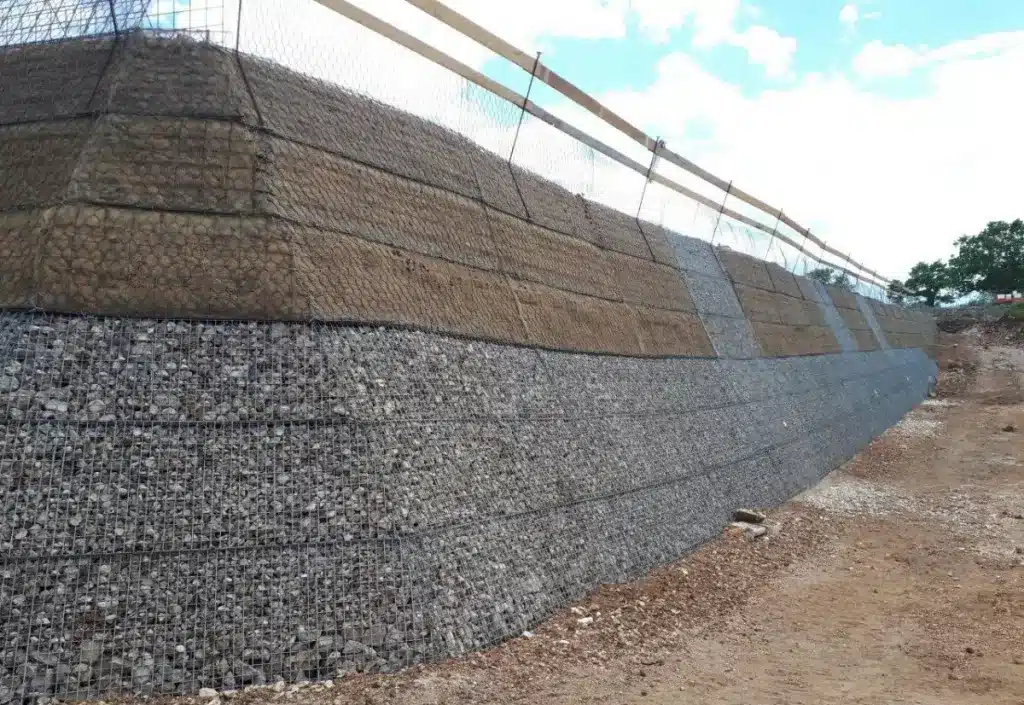
Industry professionals are excited about the potential for geocomposite retaining walls to transform the way retaining structures are designed and implemented. With an increased focus on sustainability and reducing construction costs, these geosynthetic solutions offer a promising future for retaining wall applications in both urban and rural settings.
As technology continues to evolve, it’s clear that the integration of geocomposites will play a crucial role in the next generation of infrastructure projects.
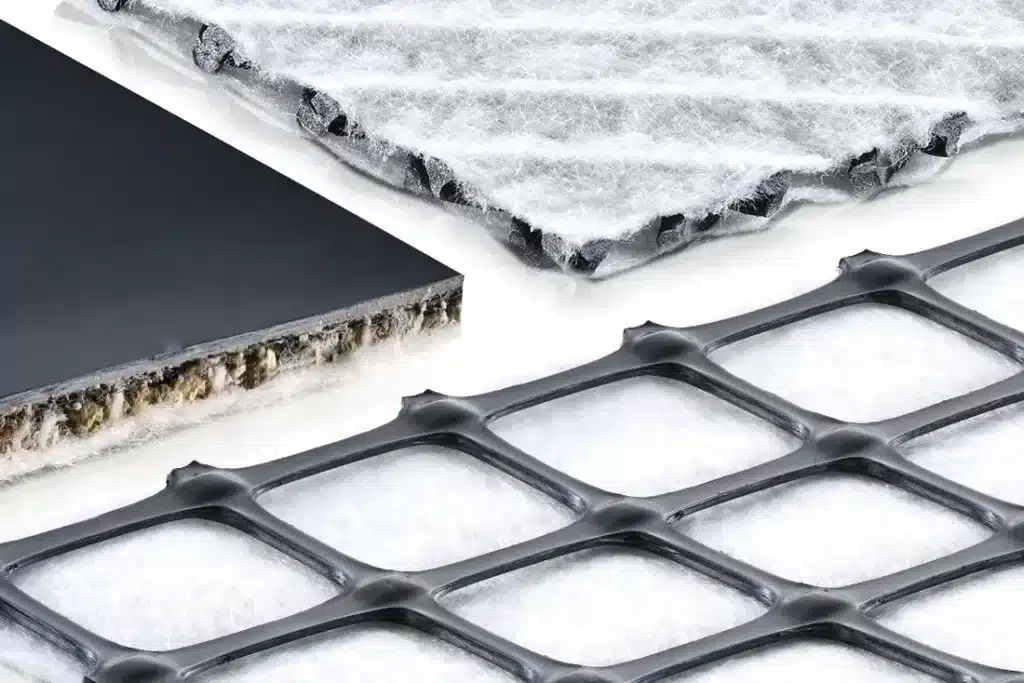
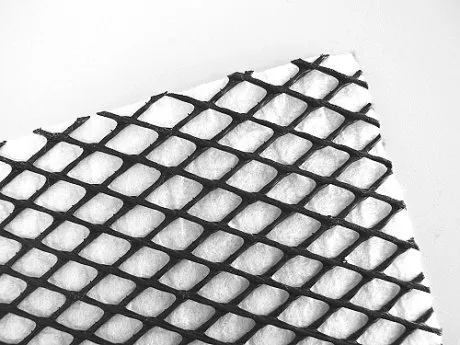
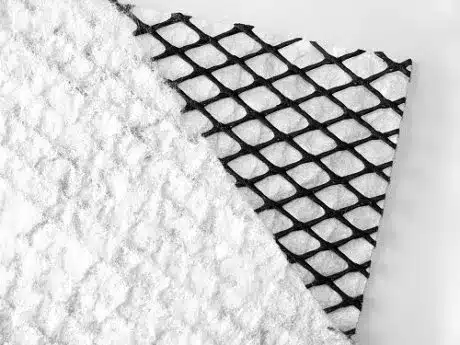
Get Free Sample
We’ll respond as soon as possible(within 12 hours)

